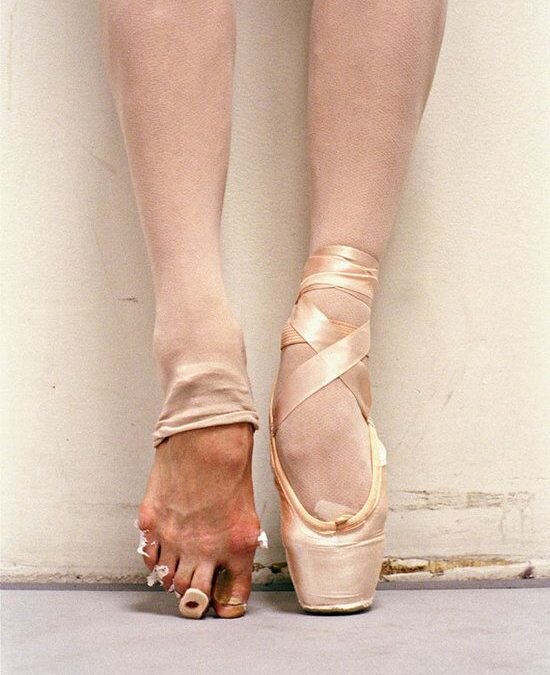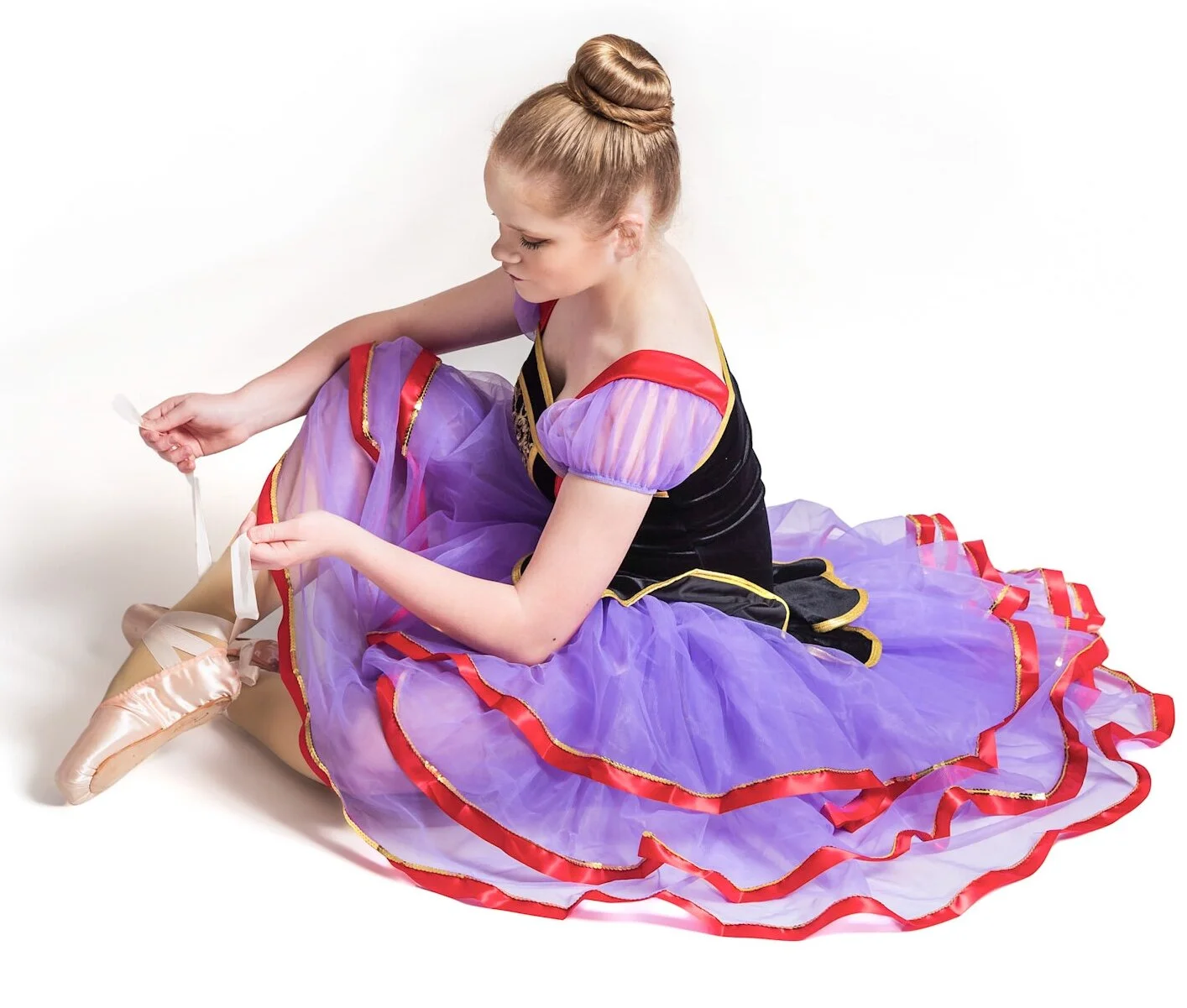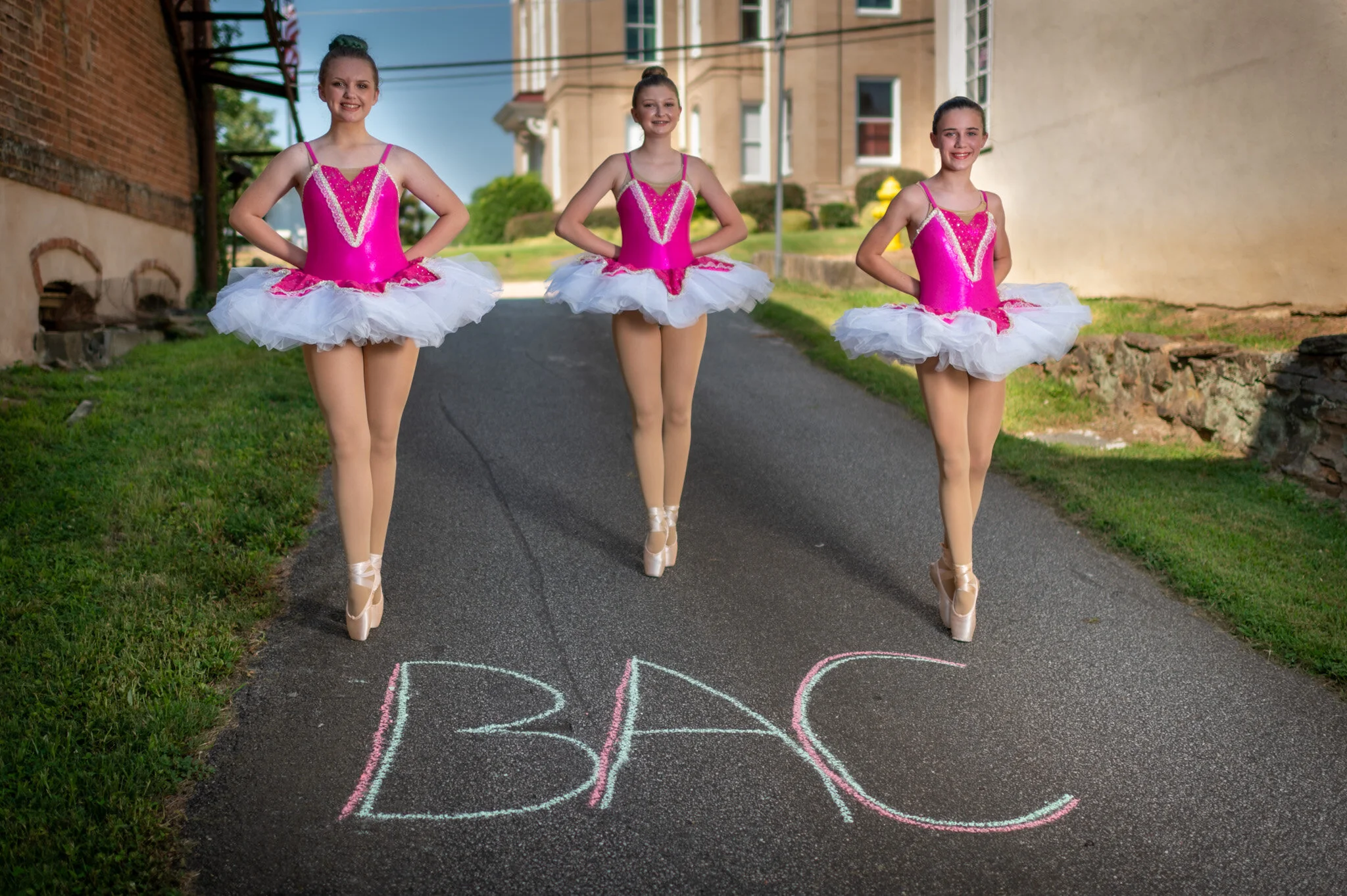Pointe
When you see professional dancers gracefully balancing on the tip of their toes, it’s easy to see why young dancers aspire to reach the milestone of dancing in pointe shoes! This beautiful art form requires years of serious training to achieve, and while pointe may look delicate an enormous amount of strength and control is needed to avoid injury. Age and Safety guidelines for pointe have evolved over time within the dance industry. When considering this exciting endeavor, It’s Important for studios, parents and students be educated with the most current research about risks of Injury, the amount of training required, the expenses involved and what age is safe to begin before taking the leap into the world of pointe!
Misty Copeland (Principal dancer at ABT)
Is dancing on Pointe Dangerous?
Pointe puts 12x the dancer’s weight of pressure on their toes, feet, ankles and joints. That means a 100 pound dancer will have 1200 pounds of pressure on their feet and toes when en pointe. If a dancer attempts pointe before they are physically or technically ready they risk serious injury, including bunions, fractions, sprains, tendinitis, foot deformities and even crippling arthritis in early adulthood. These injuries can be permanent and potentially end a dancer’s training and career. This is why it is imperative students do not go on pointe before their bodies are developed and their technique is strong enough to endure the risk and rigors of pointe.
What age should dancers go on pointe?
While age is not the only factor in determining readiness, it is recommended to wait until the growth plates in the foot have fused before starting pointe to reduce the risk of the injury. (See above) On average, this occurs 1 year after menstration for most girls (usually age 12-14) While younger dancers may to be eager to start - responsible studios will put your dancer’s safety first and wait until their bodies are ready. There is no benefit to starting pointe at a younger age, in fact students who wait develop more strength and technique before starting - are usually more successful on pointe than those who started younger. There are Many professional ballerinas who did not start pointe til age 16.
For more references on proper age & training for pointe, please see THIS ARTICLE recently published in Dance Magazine.
Aside from age, What are the requirements to go on pointe ?
Pointe is not intended for the casual or recreational dancer taking a once-a-week 45 minute ballet class. Pointe is only appropriate for dancers who have been training at least twice a week in Ballet & Technique classes for several years. It can take many years of serious training to safely prepare your body for pointe work.
Aspiring pointe students in grade 3 & up, should start taking Technique (pre-pointe) classes in addition to their regular ballet classes. Technique classes include flexibility, strength and conditioning exercises to prepare the body for more rigorous training. In 6th grade & Up, students who have been taking ballet & technique classes can audition for company to be evaluated & possibly approved to begin the next phase of pointe training. Additionally, a Doctors note may be needed stating the dancers body is ready for the rigors of pointe work.
HERE is another article from Scottish Rite on pointe readiness.
Where do i get shoes?
Once you are approved for pointe, you will need to go to a specialty dance store to be professionally fitted for shoes. Unlike your regular ballet slippers, finding the perfect Pointe shoe is a very individual process. There are hundreds of different options, and the brand and style you need depends on the shape and strength of your foot. You May try on dozens before you find your prefect fit. The ribbons and elastics come separate - Your instructor will help you learn how and where to sew them.
How much do they cost?
Pointe shoes are not cheap! Expect to pay around $120 for your shoes, elastics, ribbons and toe pads. Pointe shoes last on average about 20-25 hours of wear. However, students can wear them out sooner depending on the strength of their foot as well as how they are cared for. Most beginners will go thru 1-2 pairs a dance season, more advanced dancers can go thru 2-4 pairs.
How do I get started?
The first step to getting on pointe is building strength, flexibility and TECHNIQUE. Sign up for our full season and summer Technique classes (these are considered “pre-pointe” classes) in addition to your regular ballet class. BAC offers these classes for grade 3-up. As With any dance class, you only get OUT of it what You put INTO it .. you need to be focused, attentive and work hard in class. And remember Class is where you LEARN - HOME is where you PRACTICE, to really see progress you need to work at home the days you do not have class. If you give 100% you will succeed!
Do I HAVE to take pointe to dance?
Absolutely not! Pointe is just one of the many options we have at BAC for those looking for that type of training. We also have all levels of ballet, lyrical, jazz, tap and theater that are equally rewarding! . The best class for you is the one that aligns with your budget, your desired time commitment and MOST Importantly one that YOU ENJOY!




